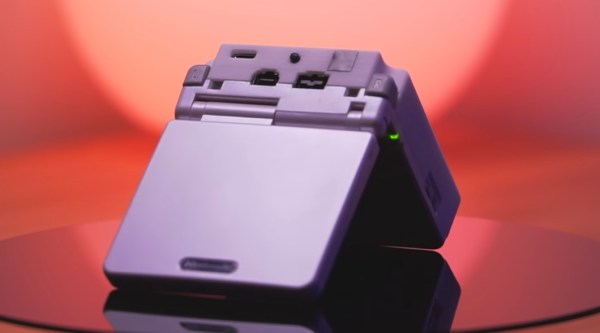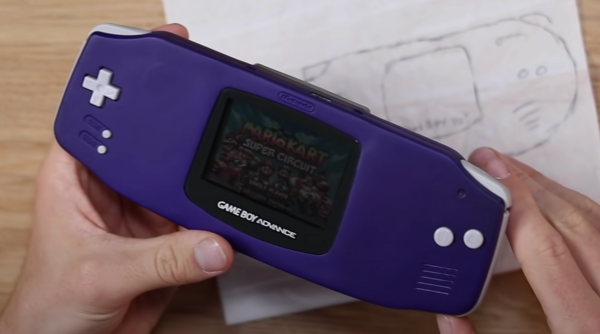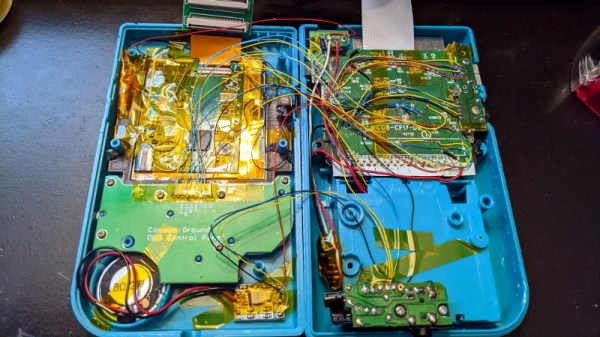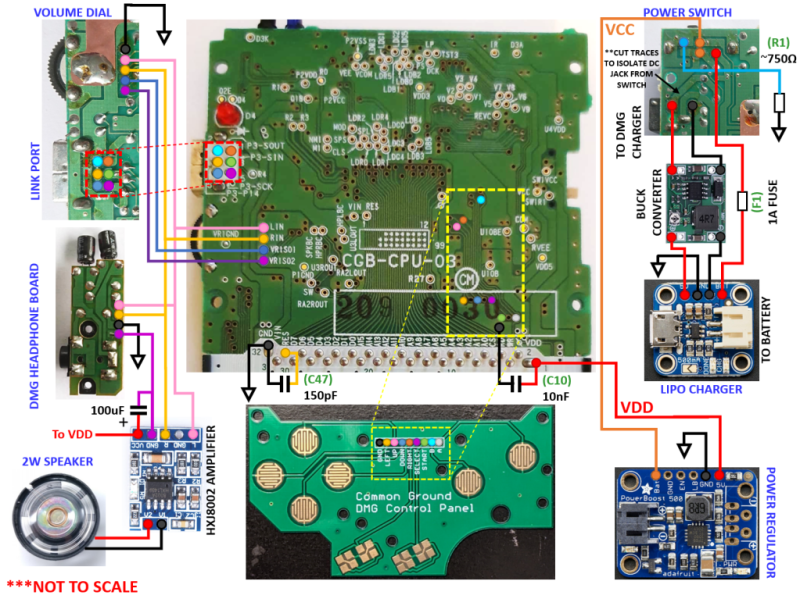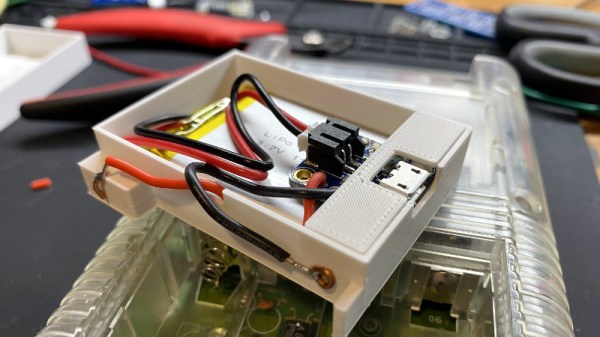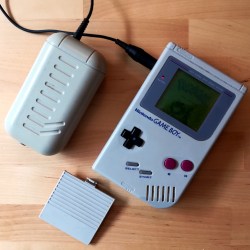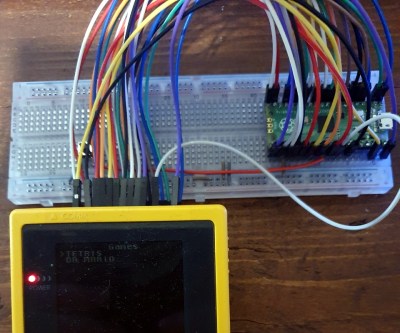While there’s nothing quite like running retro games on their original hardware, using older consoles in today’s day and age can be a hassle due to incompatibilities with modern chargers and headphones. [tito] and [kyle] worked together to update Nintendo’s Game Boy Advance SP with a whole bunch of new features, tightly packed inside a 3D-printed replacement backshell. (Video, embedded below.)
The original 600 mAh battery has been replaced with a 1600 mAh pack for several hours of additional screen time. A Qi standard wireless power module as well as a USB-C connector allows charging the battery without carrying the original mains adapter. A Bluetooth module enables the use of wireless headphones, and a 3.5 mm jack enables classic earbuds as well, a feature lost when the SP replaced the original GBA.
The new backshell fits exactly on the original console, making it about 10 mm thicker. Although this makes it slightly less portable, it is apparently more comfortable to hold for those with big hands. The new functionality is implemented using off-the-shelf circuit boards, connected together with flying wires that are soldered to the required points on the GBA’s circuit board. The original connectors and switches remain in place and functional, and the entire operation can be undone if you want to return the device to its original state.
Others have added USB charging to the original GBA, or even stretched that handheld to become twice as wide. But adding significant new functionality previously required replacing the handheld’s entire contents.
Continue reading “Game Boy Advance SP Case Mod Adds Battery Capacity And Modern Interfaces”

